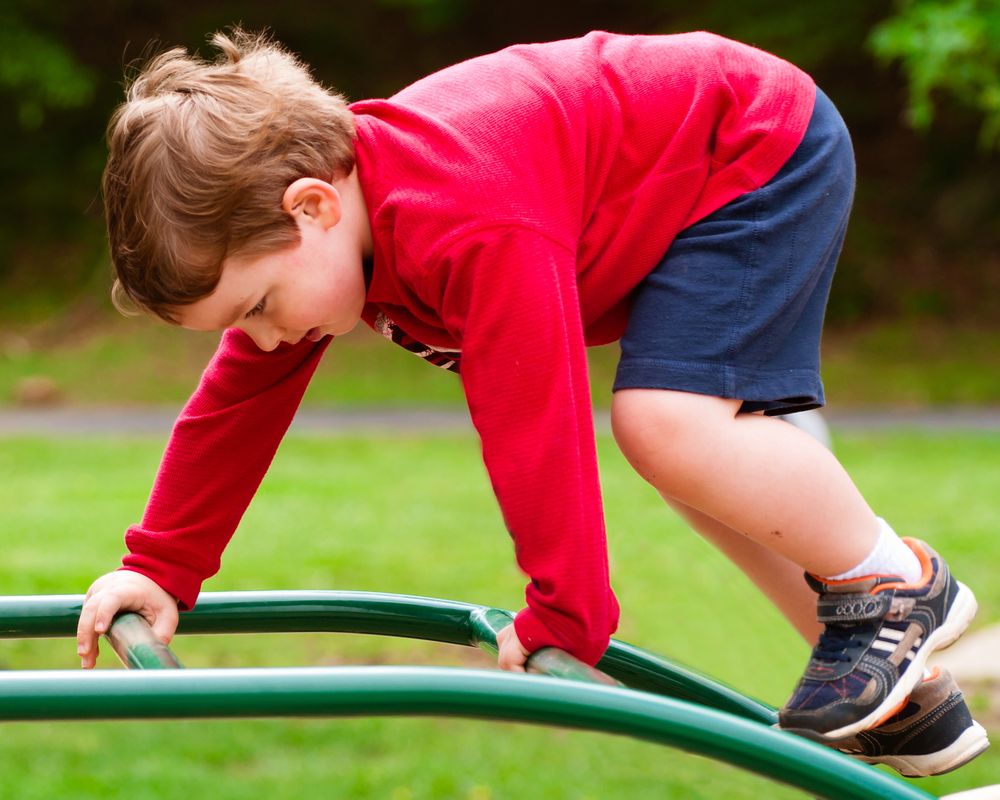Typical Toddler Behavior, or ADHD? 10 Ways to Tell

Telling the difference between a normal, antsy 4-year-old and one who is hyperactive to the point where it affects his or her ability to learn has become trickier as attention deficit disorders have become more common, according to recent research.
Attention-deficit/hyperactivity disorder (ADHD) is the most commonly diagnosed mental health disorder among kids in preschool, and it is now found in one of every 11 school-age children. But 40 percent of all 4-year-olds have trouble paying attention. So for parents, realizing which behaviors are a sign of the disorder is of paramount importance for receiving the correct diagnosis and treatment, experts say.
"ADHD has a biological basis that often makes it a lifelong condition. We want to catch ADHD early because it has such a profound effect on learning and academic development," says Dr. Mark Mahone, director of neuropsychology at the Kennedy Krieger Institute in Baltimore.
Understanding the brain variations that occur in people with ADHD could help in properly diagnosing and treating kids, Mahone said. For example, research has shown that a brain region called the caudate nuclei is smaller in children with ADHD than in other children. The region is responsible for motor skills and cognitive control.
But there are visible symptoms of ADHD to watch for, too. Mahone suggested that parents consult their physician if they witness these behaviors in their 3- or 4-year-old:
1. Constant climbing — even when instructed not to do so.
2. Continuous movement, such as bouncing a knee constantly, the inability to sit without squirming, or restless feet, accompanied by frequent needs to get up and move around.
Get the world’s most fascinating discoveries delivered straight to your inbox.
3. Running and moving so quickly that it results in serious injury, such as stitches, even after having been told to stop.
4. For 4-year-olds, an inability to hop on one foot.
5. An inability to play peacefully with others, and the occasional show of a level of aggression that requires removing the child from a situation.
6. Being louder and noisier than fellow playmates.
7. Often befriending strangers with little caution.
8. Showing unusually low fear in situations that can lead the child into danger.
9. The inability to focus for more than a few minutes without losing interest.
10. Refusal to participate in an activity that requires the child's attention for more than a minute or two.
When these symptoms are apparent, the child should be evaluated, Mahone says.
“There are safe and effective treatments that can help manage symptoms, increase coping skills and change negative behaviors to improve academic and social success," he said.
Pass it on: There is a difference between a normal toddler's antics and those of a child with ADHD.
This story was provided by MyHealthNewsDaily, a sister site to LiveScience. Follow MyHealthNewsDaily on Twitter @MyHealth_MHND. Find us on Facebook and Google+.



